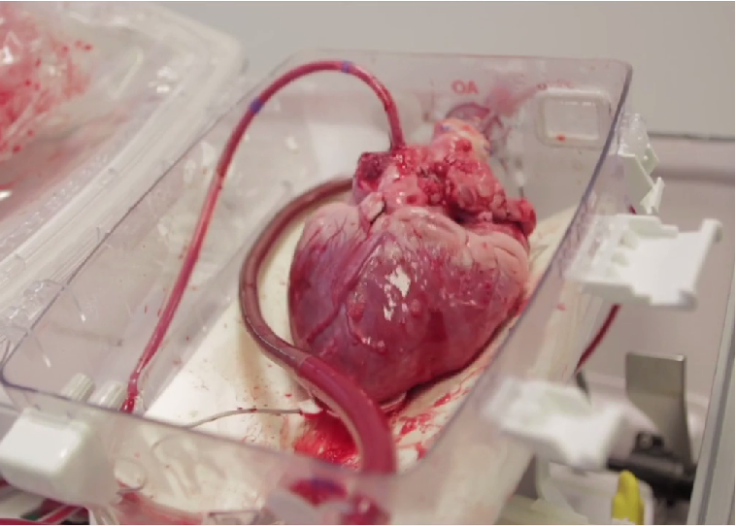Donor Heart Brought Back To Life Outside Patient Body; Process Could Increase Available Organs By 50%

Australian researchers have developed a process for delivering donated hearts from victims of serious accidents, which result in brain death, to awaiting patients on the organ donor list. The team of doctors have even managed to reanimate a lifeless heart through a process that mimics the ecosystem of the human body.
The team, from Victor Chang Cardiac Research Institute and St Vincent's Hospital in Sydney, Australia, have managed to transport a donor heart in a special solution that keeps the heart’s cells from dying. They then hook the organ up to a machine that pumps oxygenated blood, derived from the donor himself, into the heart, where it circulates through the machine and gets deoxygenated in the process.
"When we warm the blood to body temperature the heart will spontaneously start beating again," Peter Macdonald, the co-head of the Cardiac Transplantation Laboratory at Victor Chang, told The Sydney Morning Herald.
The reanimation process could hold promising results for organ donation programs, as the current number of donations is expected to increase by 20 percent among donors with circulatory death. What’s more, the total number of donations could increase by 50 percent, from 80 to 120, Macdonald said, because as the pool of available donors widens, so does the number of viable hearts.
Arjun Iyer, surgical registrar and research fellow at St Vincent's, said the hearts could survive up to four hours on the machine, which he says resembles a “lunch box” for the heart.
"It adds a whole level of complexity to resuscitating these organs and monitoring these organs and making sure they are performing,” he said. “But it's a complexity we are happy to take on board.”
So far, the research team has successfully transplanted two human hearts and five animal hearts through the reanimation procedure. They plan to announce their findings at the congress of the International Society of Organ Donation and Procurement in Sydney on Friday.
Such procedures have allowed doctors to perform a lung transplant where the organ was kept outside the patient’s body for an unprecedented 11 hours. The procedure utilized a machine called OCS LUNG, which supplied the quarantined organ with a steady stream of replenishing oxygen. Produced by TransMedics, it’s the same machine being used by Sydney researchers, but for the heart.
While commercially available in Europe and Australia, the machine isn’t available for commercial use in the U.S. The technology relies on a warm, perfusion-based system rather than the outmoded, cruder practice of simply putting the organ on ice.
Published by Medicaldaily.com



























